I tried many stitch patterns for the past years. However, I know that as a newbie, finding the right pattern can be quite confusing. You don’t know where to begin or what to do next. Also, you can’t jump into some complicated patterns like a cross or a mech pattern.
I knew the struggle, so that’s why I made this page with some beginner friendly patterns. Let’s get started with the best free PDF sewing patterns.
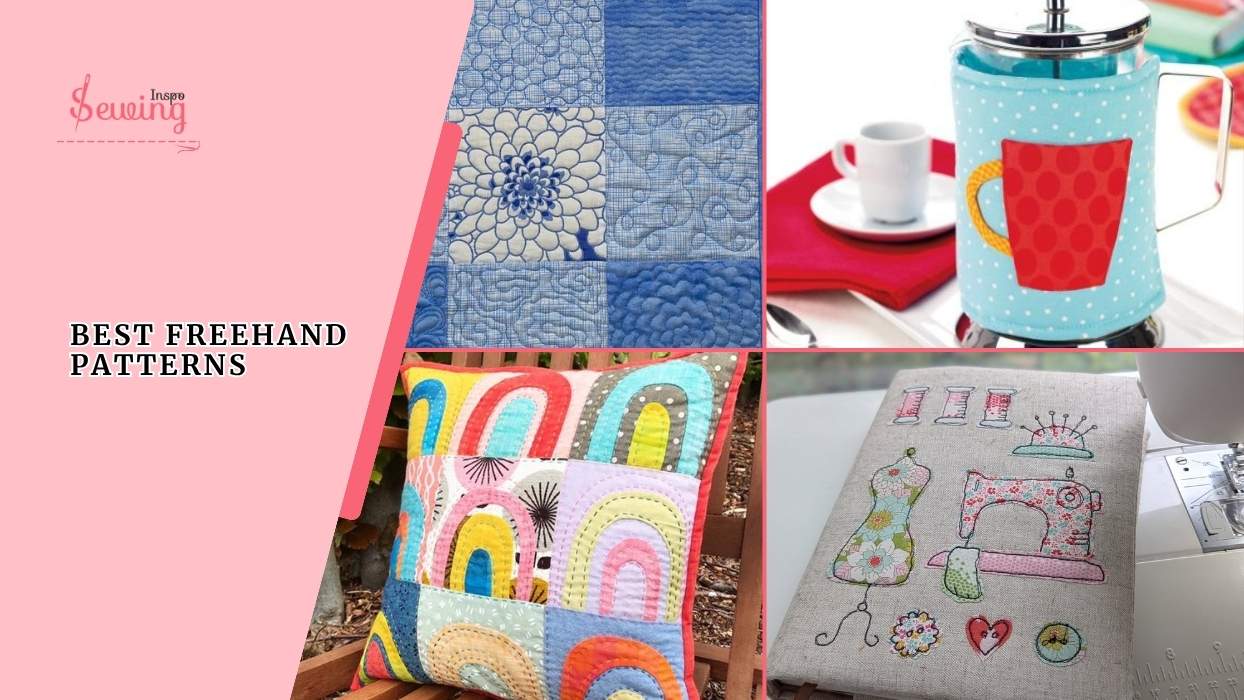
Table of Contents
10+ Best Freehand Patterns For Sewing
Sewing patterns are a fun yet mesmerising thing to work with. I get it, at 1st it may feel overwhelming, but I don’t know where to begin? Ok then, let’s help you out-
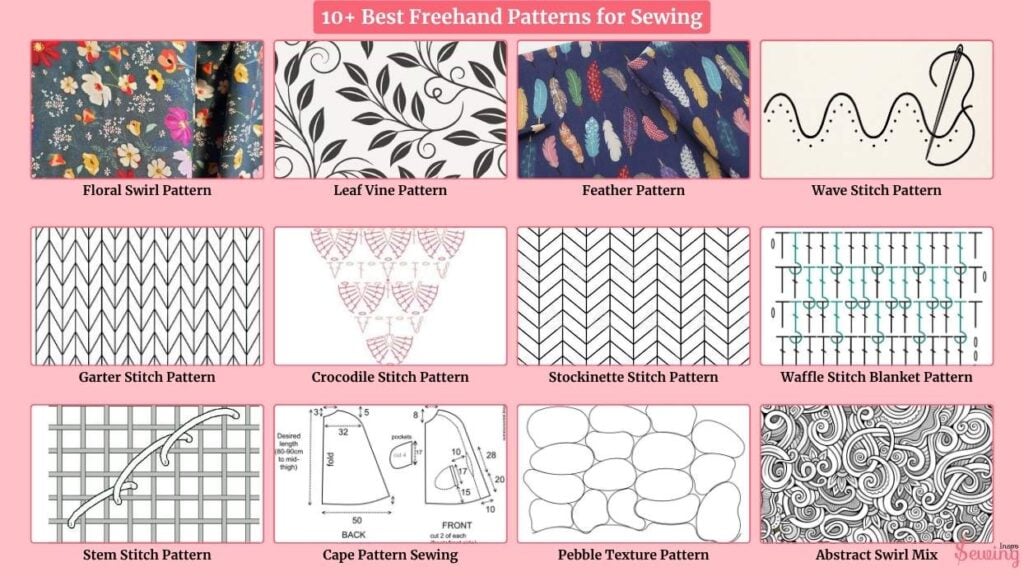
1. Floral Swirl Pattern
I started with a floral swirl because it’s one of those designs that look fancy but don’t need to be perfect. I used a size 80/12 needle and cotton thread #50.
It is to keep my stitch length around 2.5 mm. I began by sketching loose spiral petals with chalk and then stitched along the curves slowly, letting the feed dogs guide me.
What I love about this one is how forgiving it is.
The swirls conceal any uneven stitches, and the final result appears to be something straight out of a boutique fabric shop. I’d recommend this for decorating pillow covers or tote bags when you want something soft and elegant.

2. Leaf Vine Pattern
The leaf vine design is one of my go-tos for borders. I stitched this freehand across the hem of a skirt, using a size 75/11 needle and polyester thread #40.
The trick is to keep your needle at a 45° angle while gently curving through each leaf.
This pattern really helped me improve my rhythm and stitch flow. Each leaf connects naturally to the next, and when finished. It gives the fabric a light, graceful look. It’s a perfect choice for hems, sleeves, or table runners.
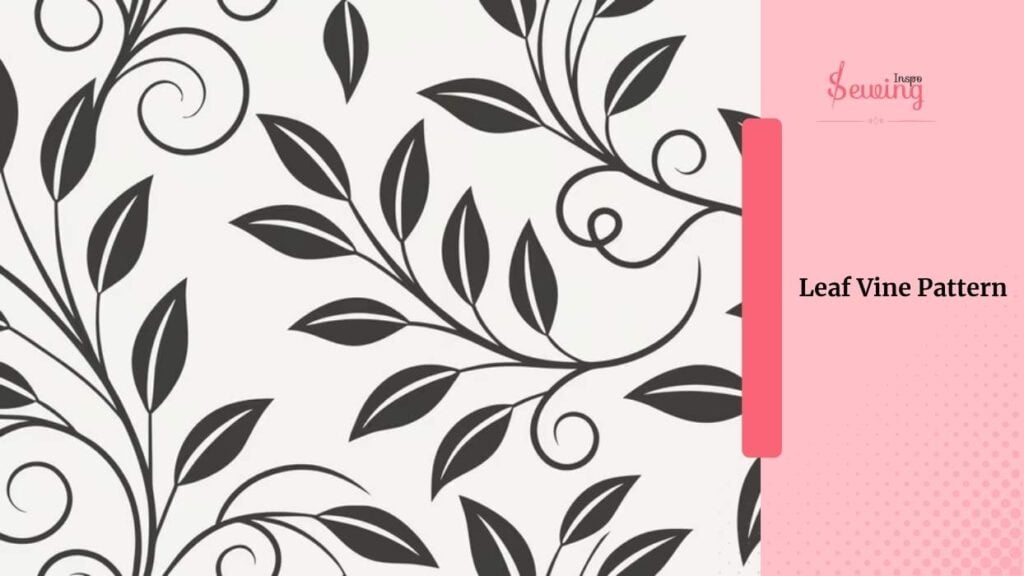
3. Feather Pattern
I’ve always loved how feathers look stitched out. They’re flowy, elegant, and slightly dramatic. For this one, I used a metallic thread (which adds that subtle shimmer) and a 90/14 topstitch needle.
I began with the feather spine, then added the curved plumes one by one, alternating sides.
Keeping the stitch length shorter (2.0 mm) helped me control the tight turns. I recommend this pattern for quilt blocks, cushion covers, or wall hangings.
Anywhere you want a statement piece.
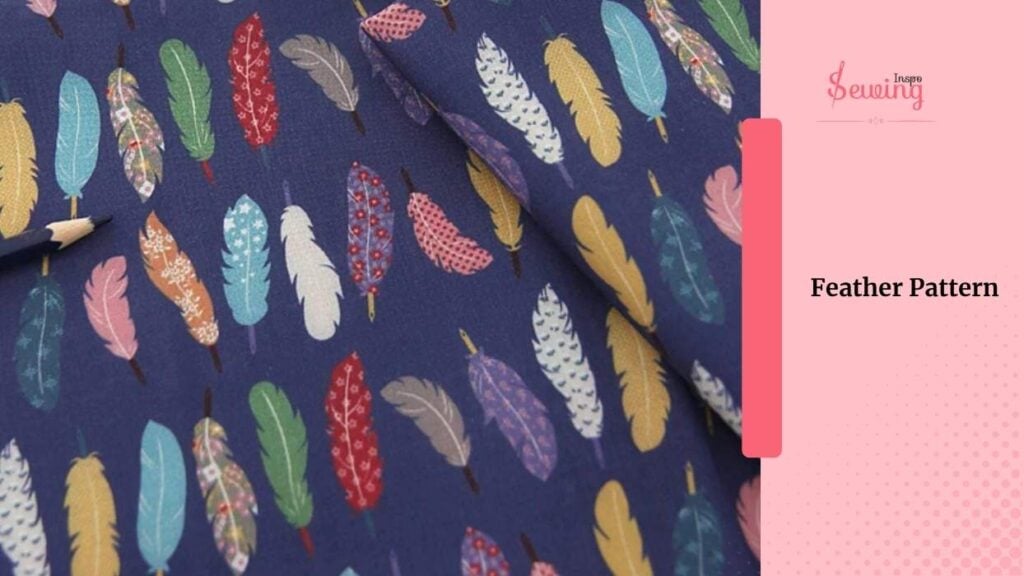
4. Wave Stitch Pattern
The wave stitch is my favorite when I just want to relax and sew without overthinking it. I used a jeans needle (100/16) and a heavy cotton thread on denim.
You don’t even need to draw guidelines.
I just let the needle flow like ocean waves. The results are always natural, organic, and soothing to look at. It’s perfect for borders, placemats, or textured backgrounds.
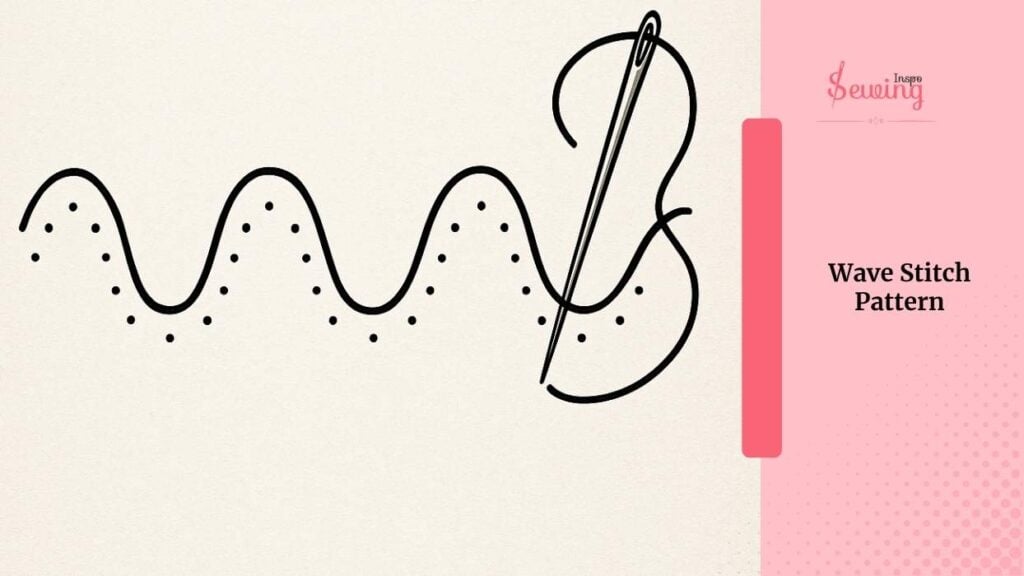
5. Garter Stitch Pattern
I recreated the garter stitch look using freehand machine sewing. I used a thicker thread (#30) and a universal 90/14 needle, sewing short, close rows back and forth to mimic the raised knit texture.
It turned out surprisingly realistic!
This pattern works beautifully for cozy fabric projects or adding texture to cushion covers and blankets.
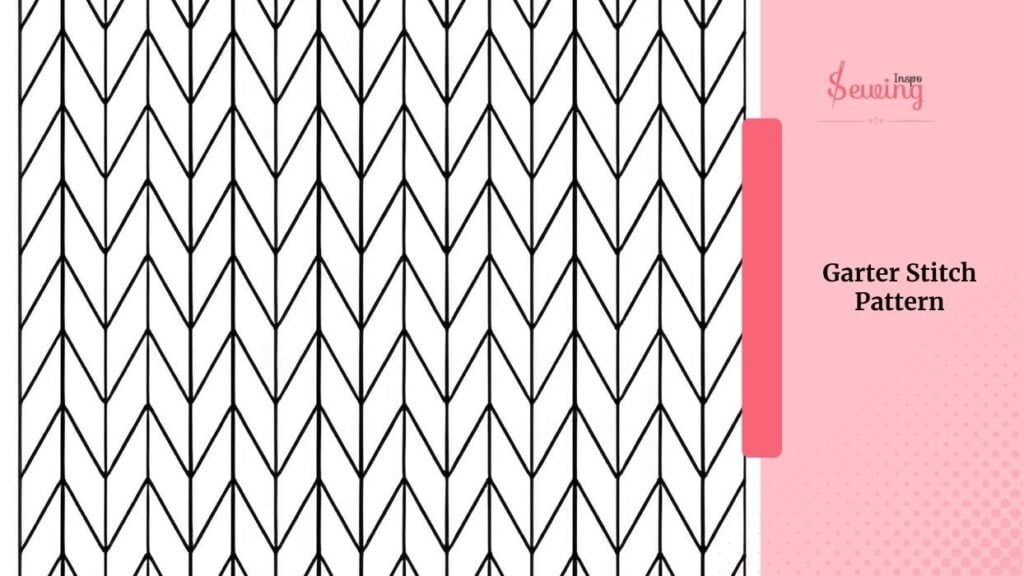
6. Crocodile Stitch Pattern
This one’s a bit more advanced but worth the effort.
The crocodile stitch pattern mimics layered scales, and I freehanded it using a size 90/14 embroidery needle with rayon thread for a subtle shine.
Each overlapping scale took patience, but when I finished, it had this stunning 3D effect. It is perfect for decorative panels, handbags, or costume fabrics.

7. Stockinette Stitch Pattern
I’ve always loved the smooth texture of stockinette. So, I tried to imitate it using straight, tight rows with fine polyester thread and a 75/11 needle.
The trick is to keep your stitch length even, around 2 mm, and maintain a consistent feed speed. It creates a sleek, knitted look, great for adding a clean finish to soft fabrics or accent panels.
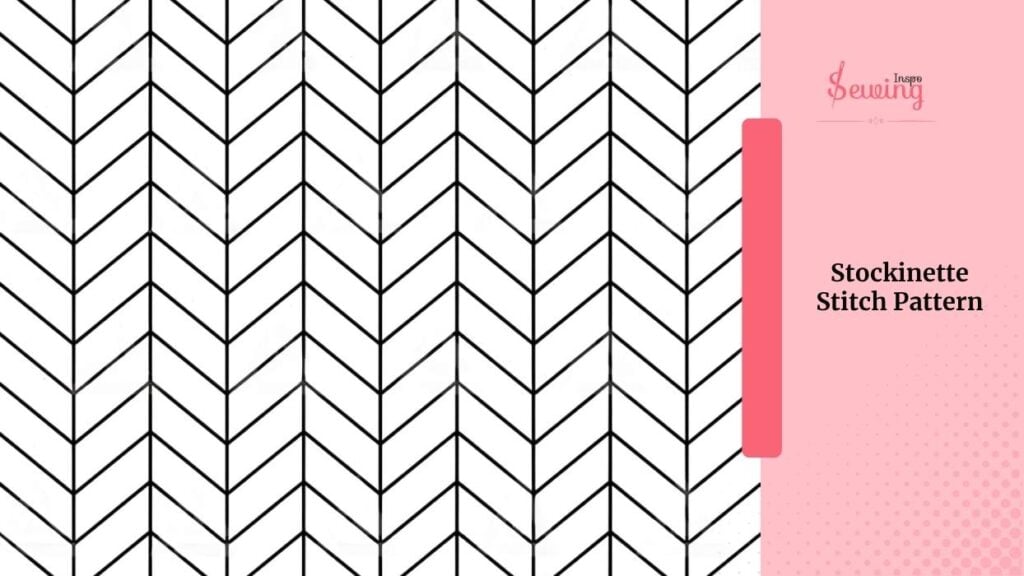
8. Waffle Stitch Blanket Pattern
When I wanted something cozy-looking, I went for the waffle stitch blanket pattern. I used a quilting needle (90/14) and cotton thread.
Sewing intersecting vertical and horizontal lines with slightly raised spacing between each.
The result was a beautiful, textured grid that actually looked like waffle weave. I’d recommend this for baby blankets, throws, or quilt tops.
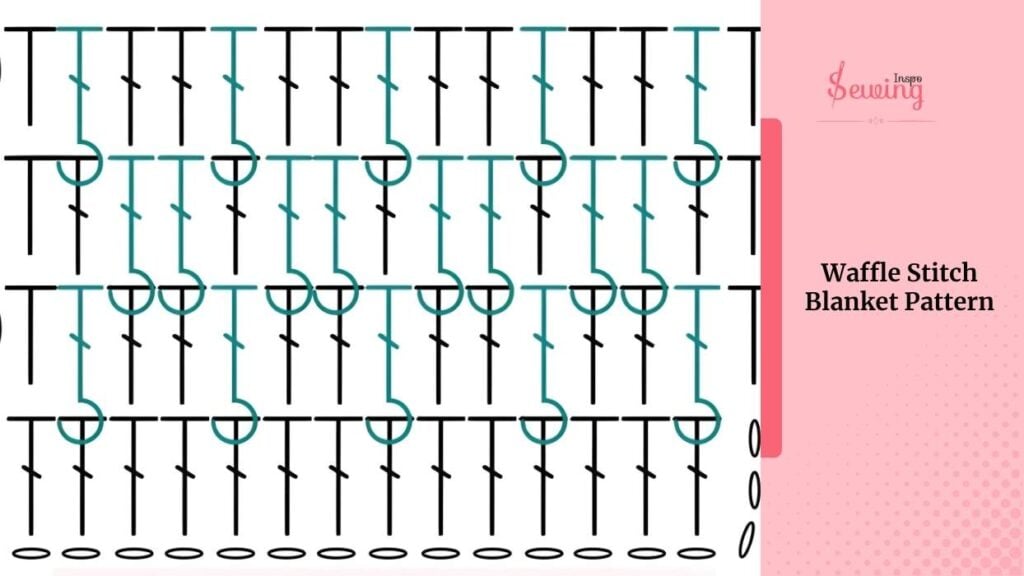
9. Stem Stitch Pattern
The stem stitch is simple but so versatile. I did mine by hand with embroidery floss (3 strands) and a size 8 embroidery needle.
I angled the needle slightly (30–45°) while overlapping stitches to form a rope-like line.
It’s ideal for outlines, lettering, or any design that requires clean, continuous curves. I use it often in freehand embroidery pieces.
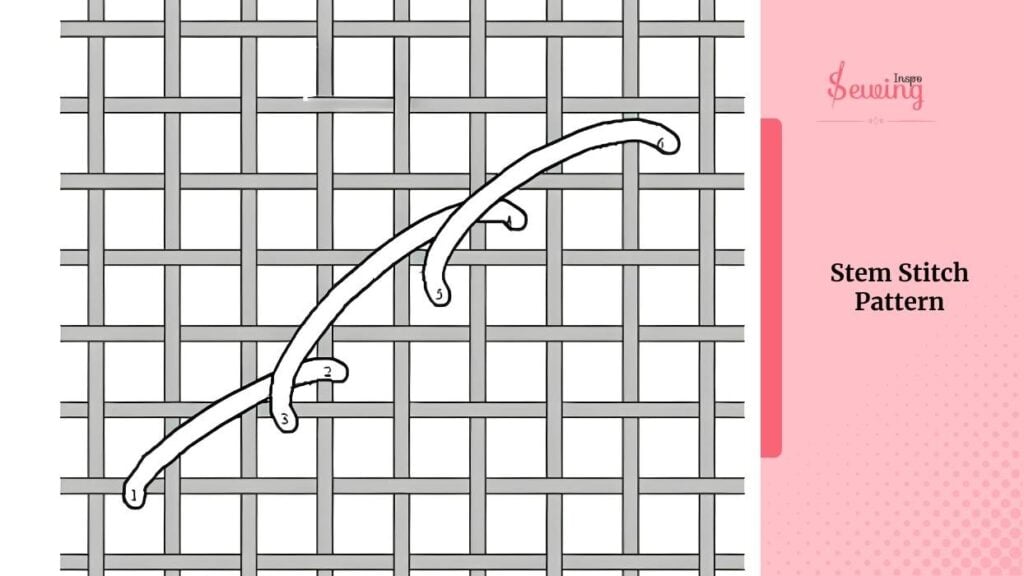
10. Cape Pattern Sewing
I recently drafted and stitched a freehand cape pattern, and it turned into one of my favorite projects. I used a lightweight wool blend, cutting the circular base freehand and finishing the edges with a rolled hem stitch.
Using a size 100/16 needle and all-purpose thread, I added a topstitched collar to give it structure. What I love most is that no strict pattern is needed.
You can shape it freely as you go.
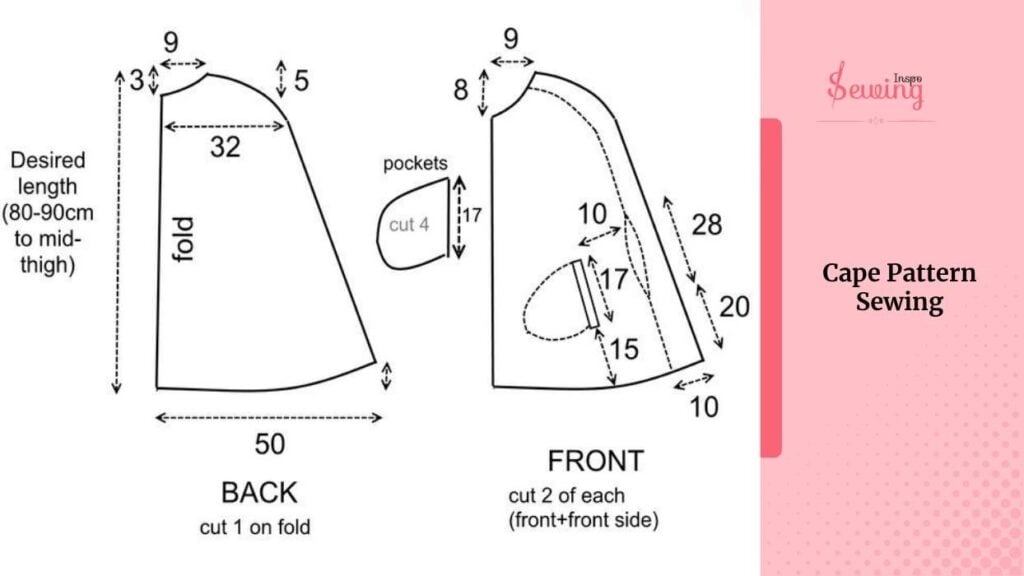
11. Pebble Texture Pattern
The pebble texture is like doodling with thread. You move in small circles, overlapping each other slightly.
I used a quilting needle (80/12), variegated cotton thread, and a 2 mm stitch length.
It gives such a soft, quilted feel and works wonderfully for adding texture to art quilts or decorative fabric panels.
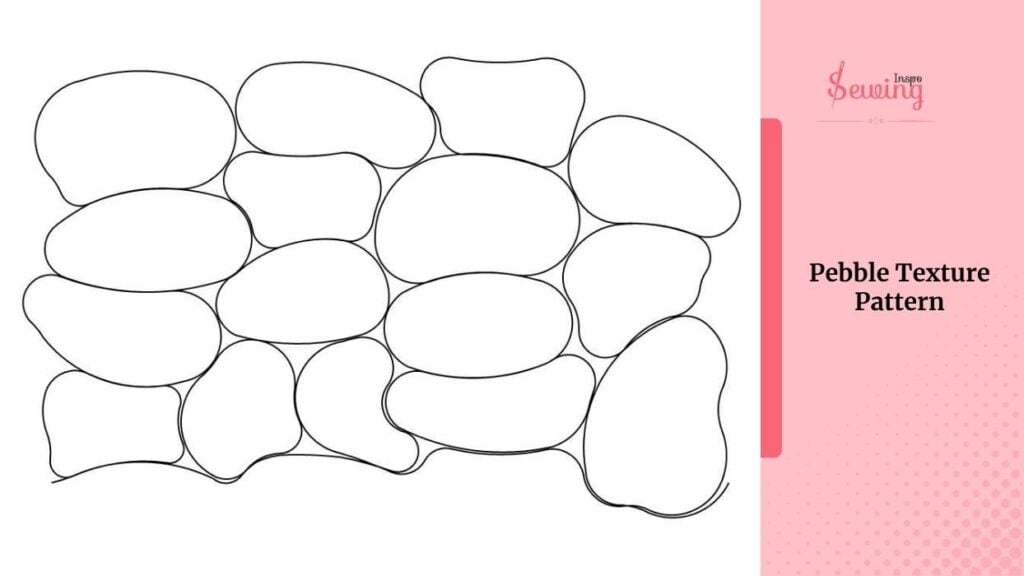
12. Abstract Swirl Mix
This is where I let go of control completely. I lowered the feed dogs, switched to free-motion quilting mode, and used rayon thread to create random loops and swirls. Every time I do this, it comes out differently.
But always full of energy and character. It’s perfect for when you just want to enjoy the process, not chase perfection.
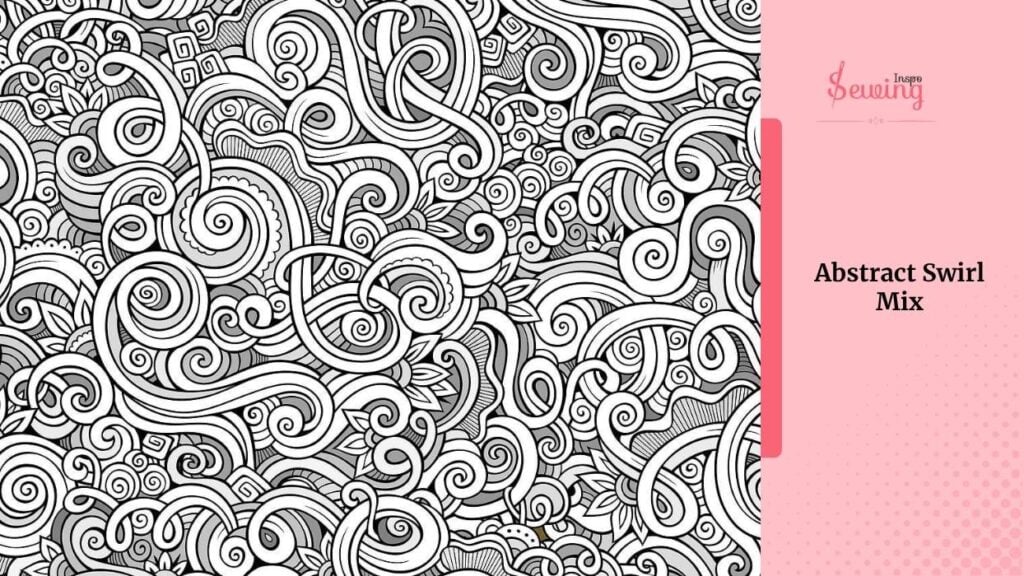
Free Sewing Patterns For Beginners PDF
Final Thoughts
Each of these freehand patterns has its own unique personality. Some are calm and smooth, while others are bold and textured. What they all share is creative freedom.
You don’t need to trace or measure; just trust your hands, your needle, and your rhythm. That’s what makes freehand sewing so addictive. Every stitch tells a story.
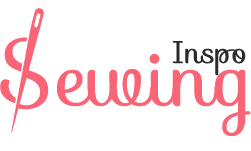
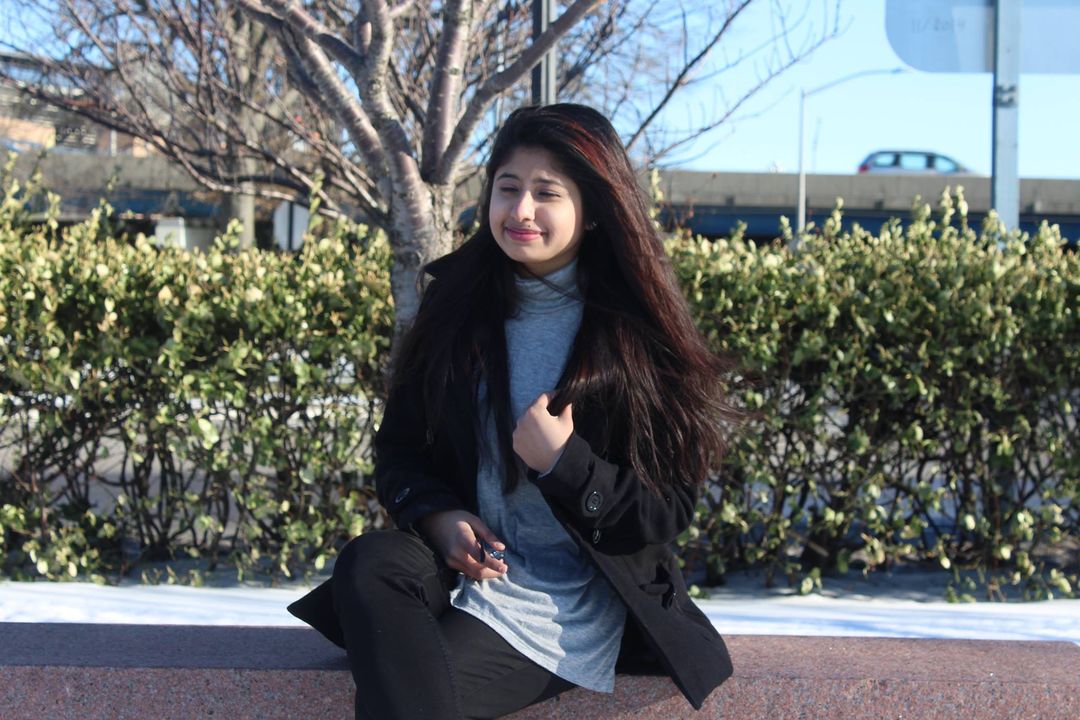
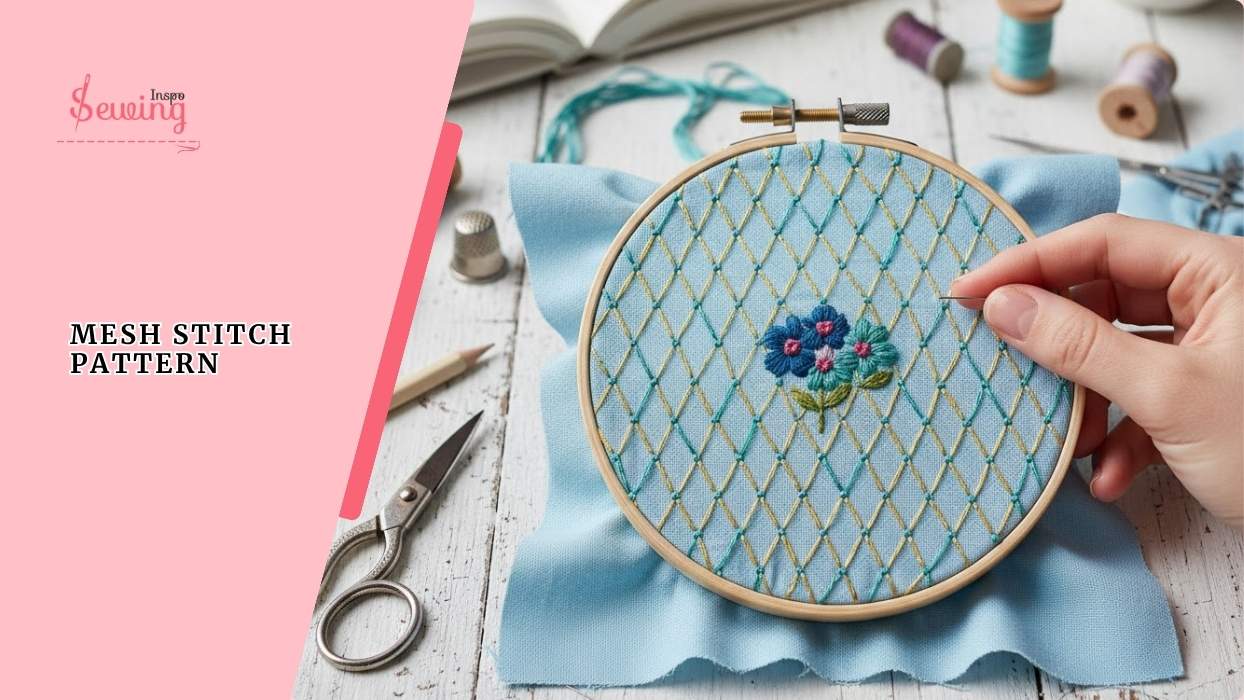
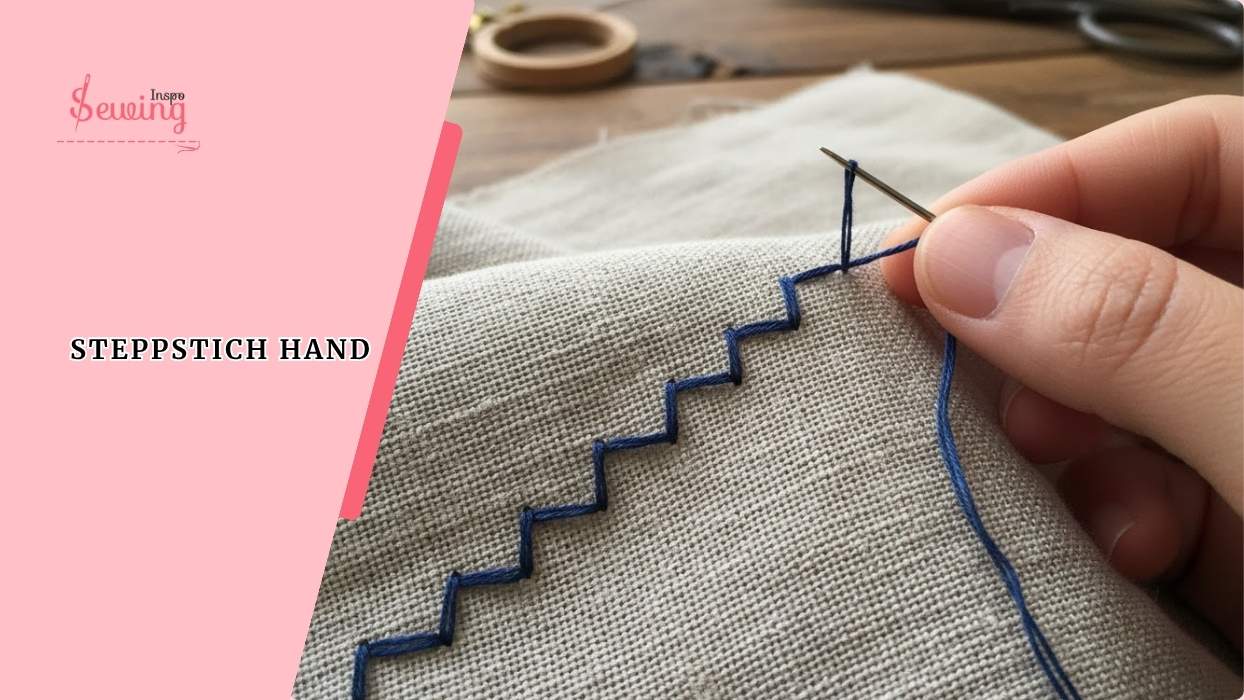
Leave a Reply